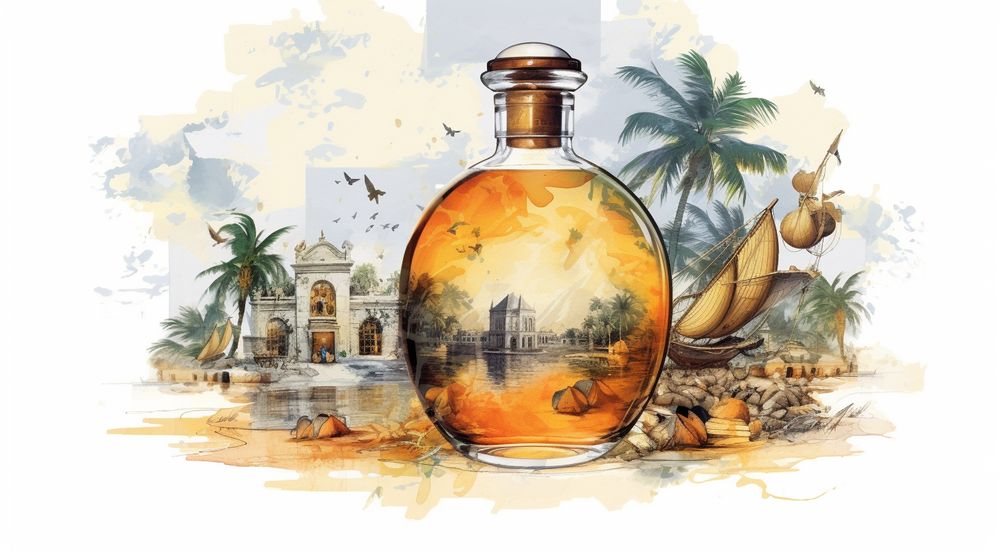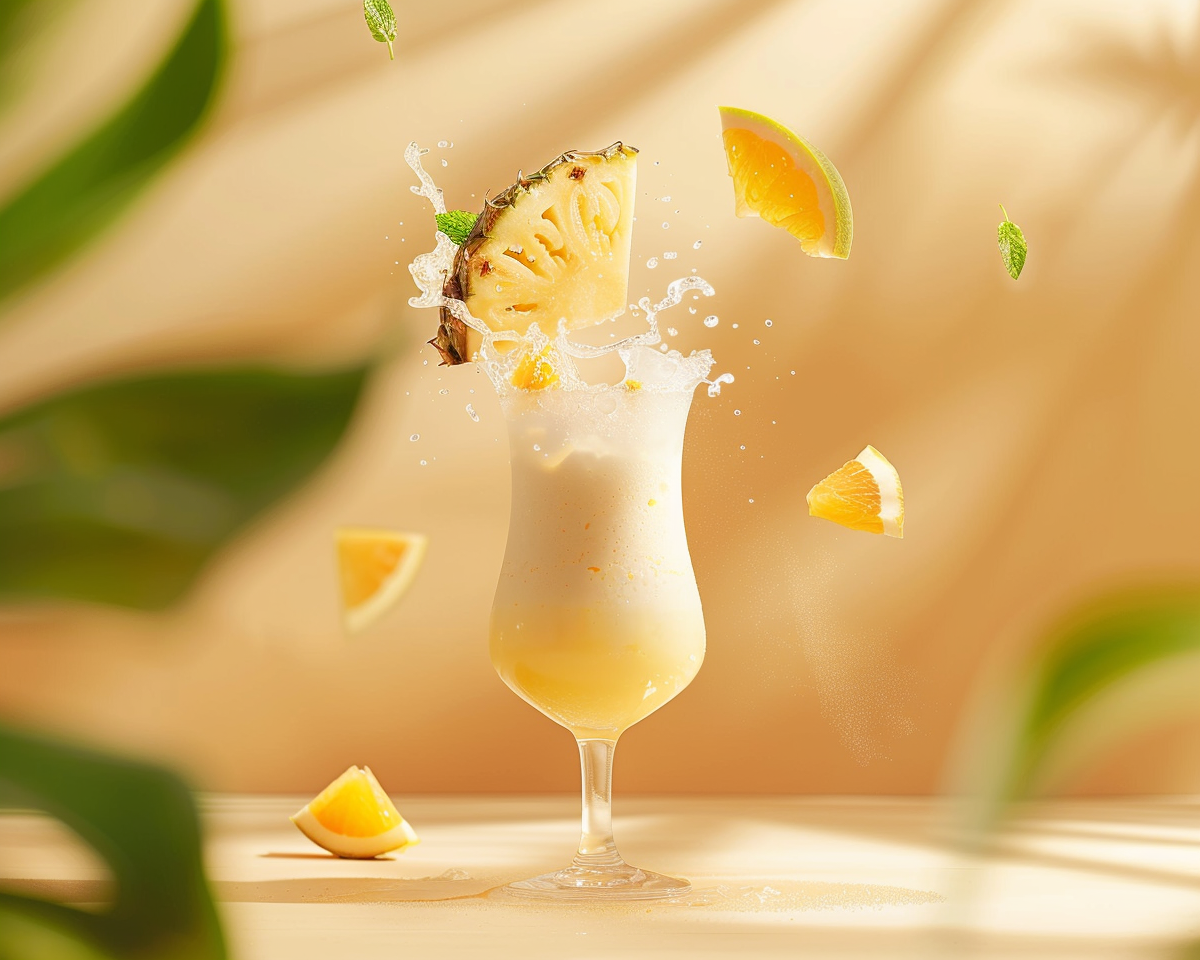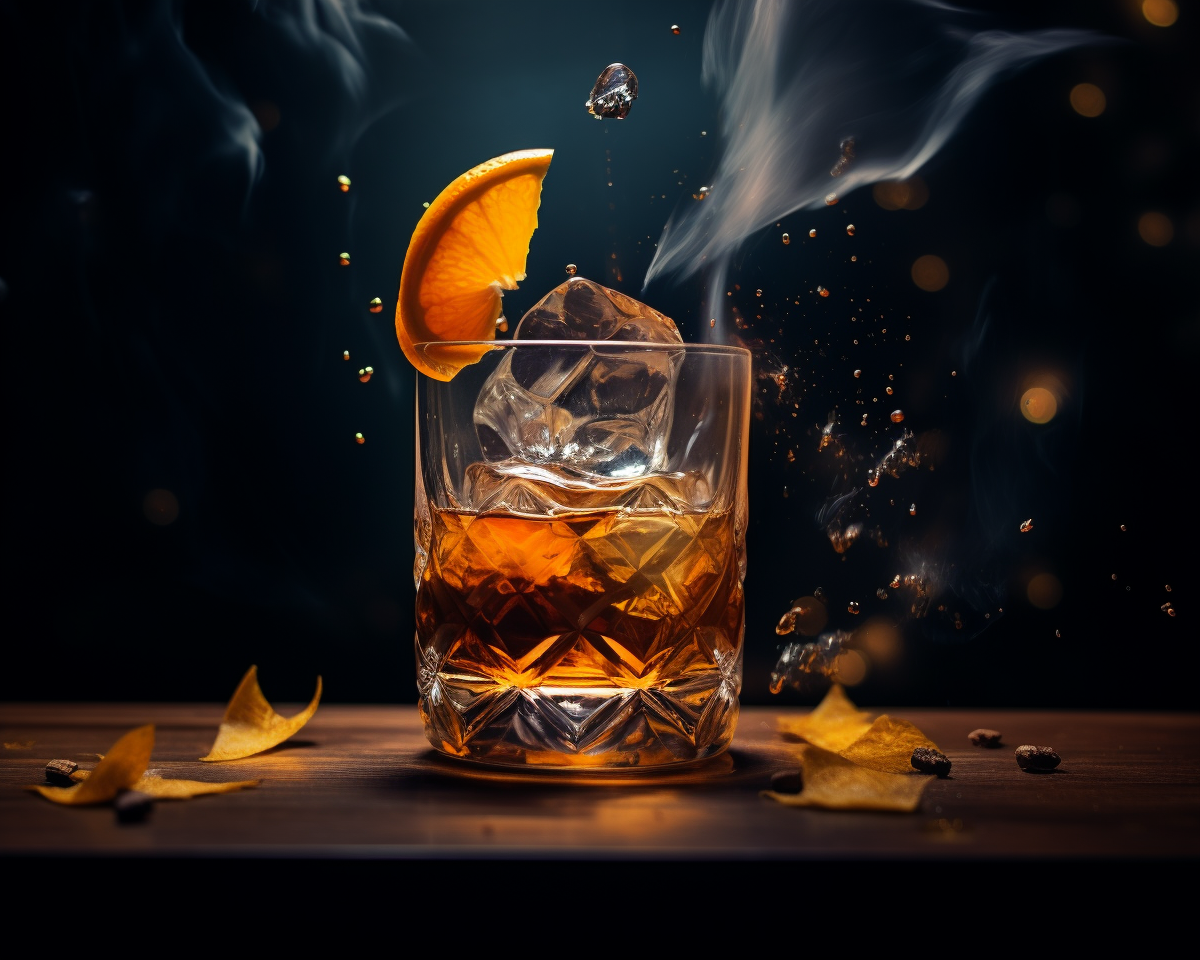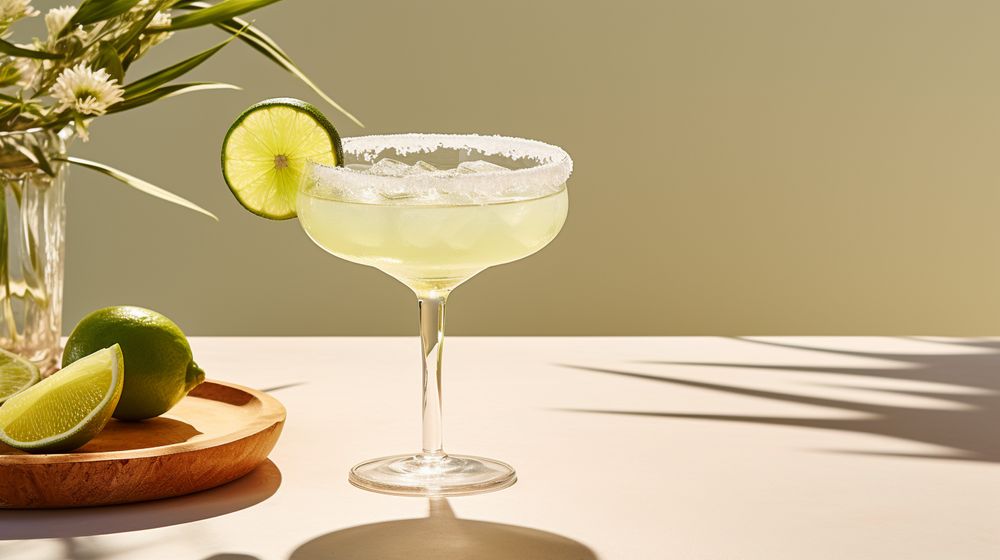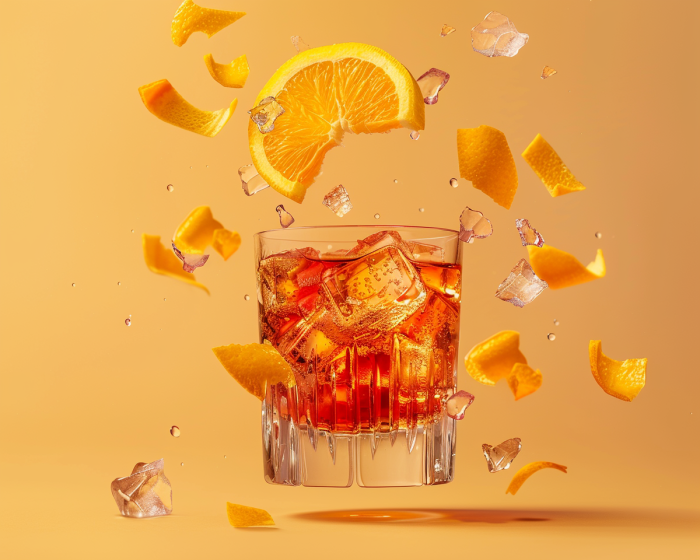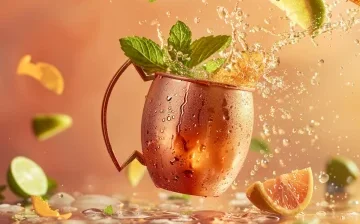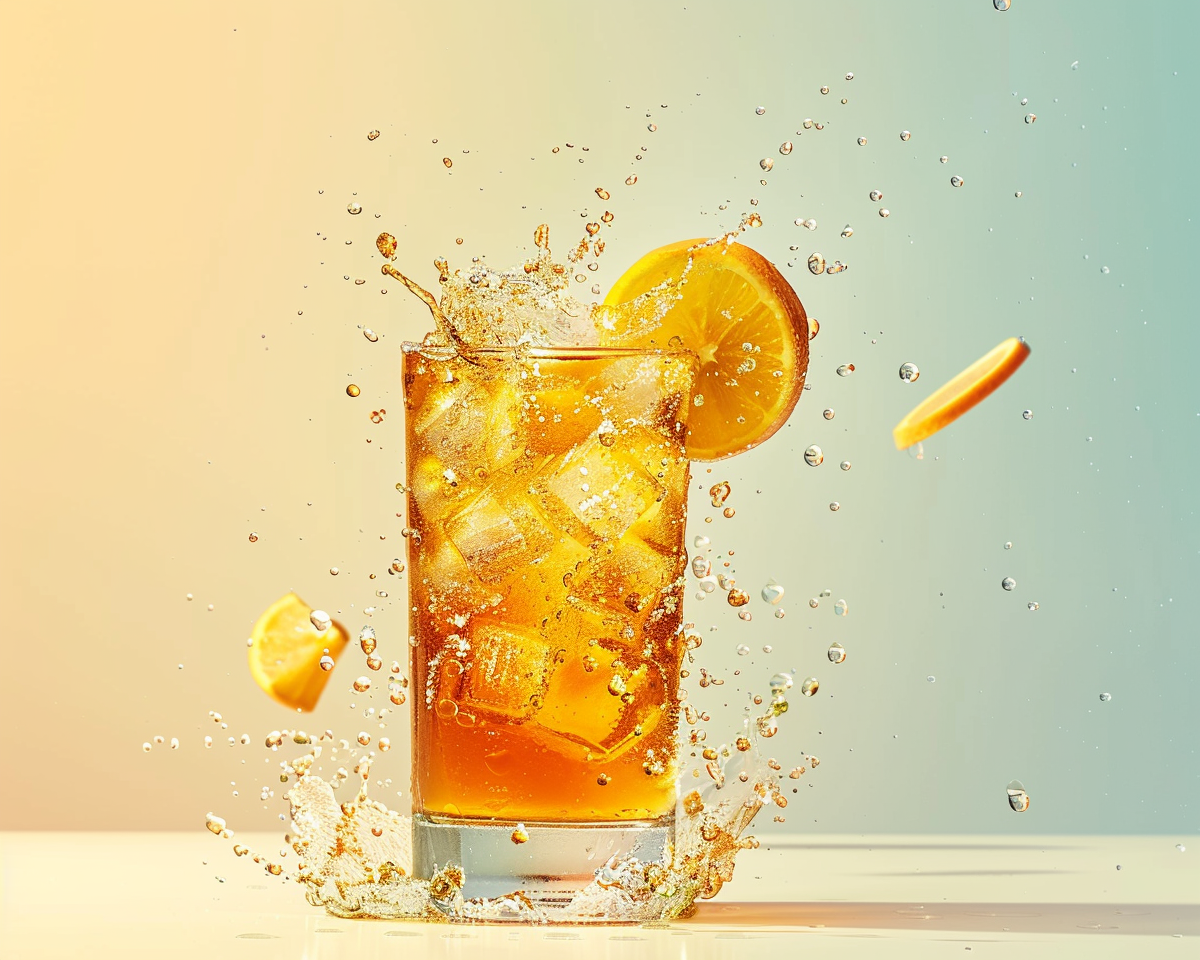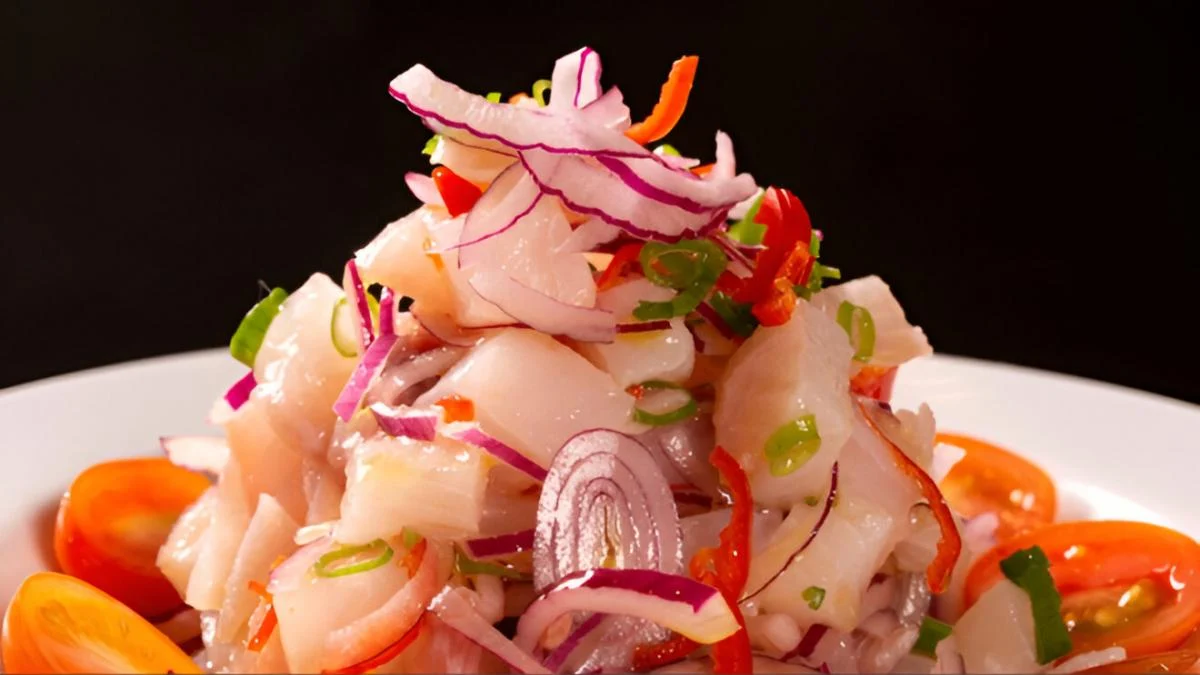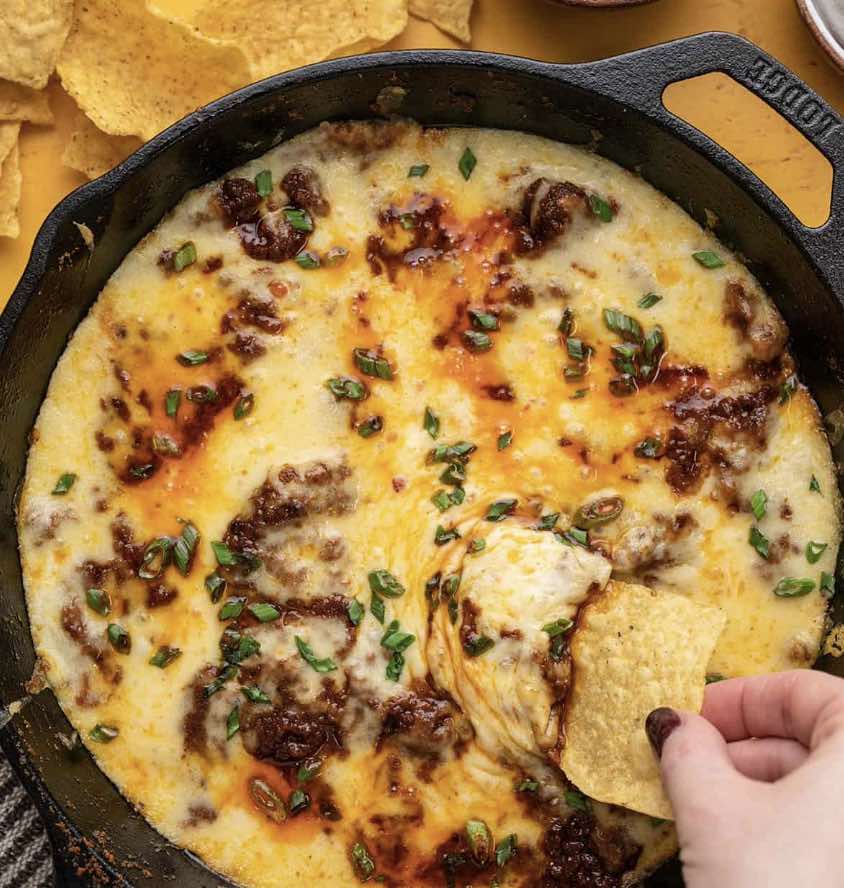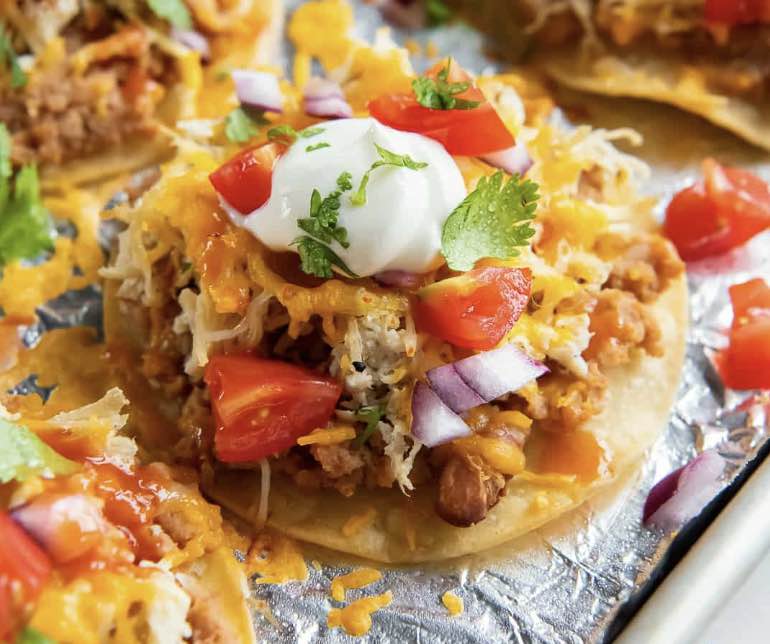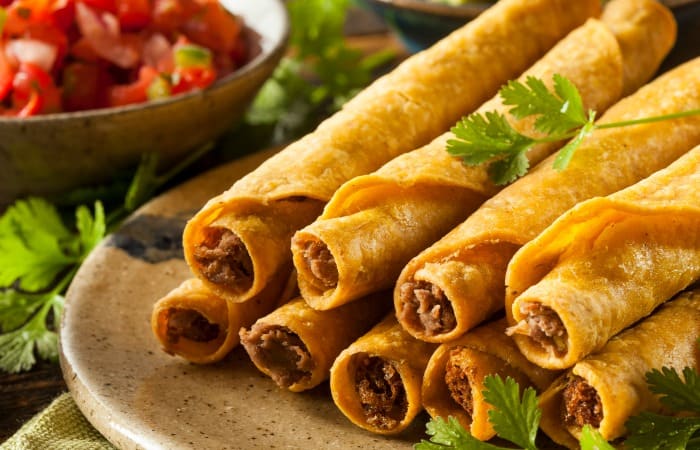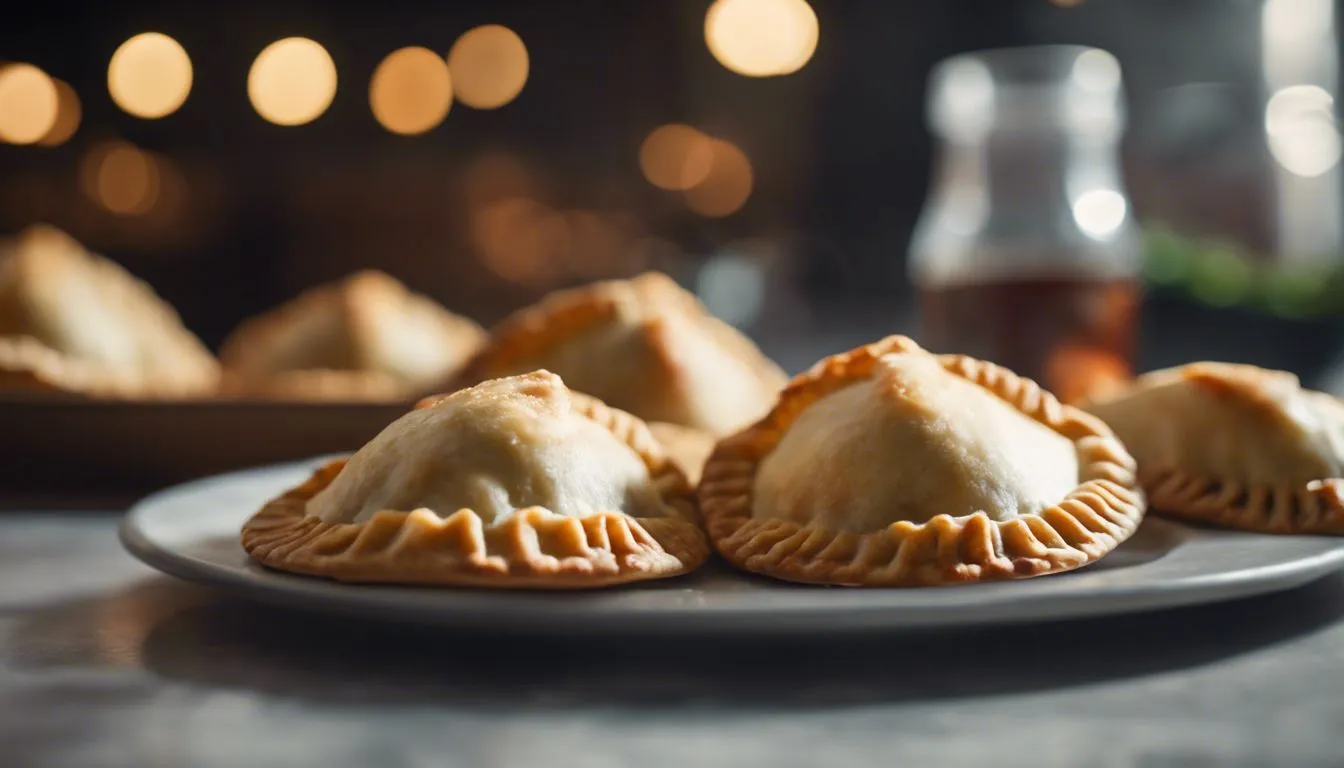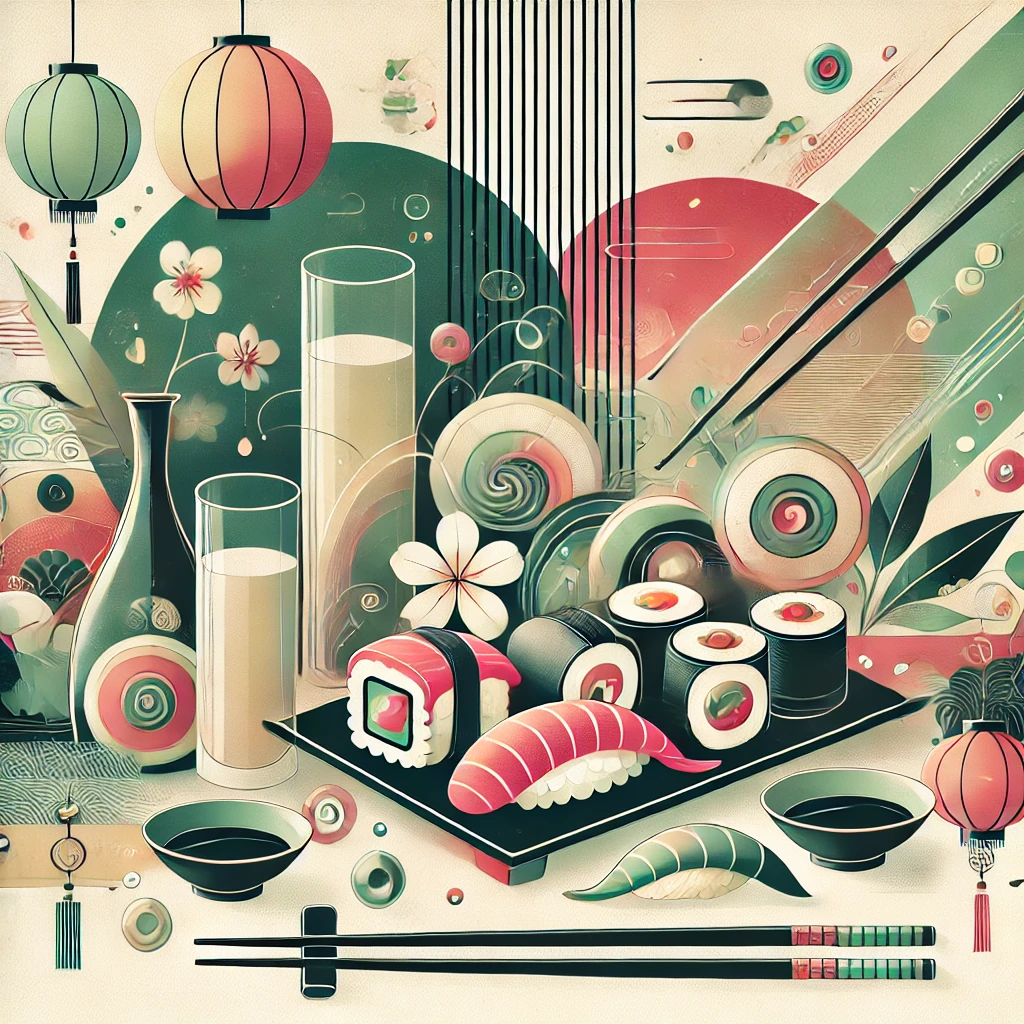The Discovery of Sugarcane
A Sugary Past: Origins of the Sweet Stalk
Before rum graced our glasses with its golden allure, it all began with the unassuming sugarcane.
As early as 6,000 years ago, ancient civilizations in India discovered this gem.
Picture this: you’re in ancient India, and everywhere you turn, sugarcane fields sway to the rhythm of the winds.
India and China: The OG Sugarcane Enthusiasts
Both India and China, cradles of ancient wisdom and innovation, were the first to cultivate sugarcane. In these civilizations, sugarcane wasn’t just another plant; it was a prized crop, something that held economic and social significance.
Ancient Chinese texts laud the sugarcane for its sweet juice, while in India, it was revered both for its taste and its alleged medicinal properties.
Sweetening Lives and Healing Souls
Now, let’s not underestimate this sweet stalk.
Beyond being a delightful treat, it was also widely believed to possess healing properties.
Ailments of the stomach? Sugarcane’s got you.
Need an energy boost? A swig of that sweet juice, and you’re good to go.
And of course, who could forget its pivotal role as a sweetener?
It was the original sugar rush!
The Journey to the Caribbean
Sailing Sugarcane: From the East to the Caribbean Waves
From the ancient lands of Asia, our dear sugarcane embarked on a global trek.
With traders keen to share (and profit from) the wonder crop, sugarcane seeds soon found their way onto ships bound for new lands.
Christopher Columbus: Not Just an Explorer
The man famed for ‘discovering’ the Americas also played a role in introducing sugarcane to the New World.
On his second voyage in 1493, Columbus brought sugarcane cuttings to the Caribbean.
And oh boy, did it thrive there!
The Caribbean Sweet Spot
Mother Nature herself seemed to root for sugarcane in the Caribbean.
The islands’ sunny skies, frequent rains, and rich soils proved to be the sugarcane’s ideal love nest.
This was the place for sugarcane to grow and flourish.
The Rise of Plantations
From Stalk to Gold: Sugarcane’s Lucrative Lure
As the Caribbean islands embraced sugarcane, European powers sniffed an opportunity.
Soon, vast stretches of the islands transformed into expansive sugarcane plantations.
Dark Times: The Role of Enslaved Africans
It’s impossible to discuss the sugarcane boom without addressing the grim shadows that lurked behind the plantations.
The labor-intensive cultivation largely rested on the backs of enslaved Africans, who were subjected to unimaginable hardships.
Sugarcane’s Economic Might
Beyond the personal tales of sorrow, on a macro scale, sugarcane became the powerhouse of the Caribbean economy.
With Europe’s insatiable sweet tooth, demand for and profits from sugarcane rocketed, paving the way for the rise of a robust industry.
The Birth of Distillation
From Sweet Juice to Spirited Elixirs
Here’s where the story gets a little… tipsy.
While sugarcane juice was delightful, distillation techniques turned it into something even more magical: rum!
Early Brews and Experimental Booze
The initial experiments with sugarcane distillation were, let’s say, hit or miss.
However, as with all great innovations, persistence is key.
With time, techniques evolved, refining the process of turning sugarcane juice into a flavorful spirit.
Kudos to the Rum Maestros!
Here’s raising a glass to the early rum distillers: These were the spirited pioneers who, with their relentless zeal, refined and perfected the art of distillation, gifting the world the delectable drink we so adore today.
The Role of Pirates
Yo-ho-ho and a Bottle of Rum!
Avast ye! When we think of pirates, we often imagine swashbuckling outlaws with a penchant for treasure, adventures, and, of course, rum.
In the sprawling blue waters of the Caribbean during the Golden Age of Piracy, many a pirate found solace in a bottle of the good stuff.
Maritime Culture: Rum and Rascals
Back in the 17th and 18th centuries, maritime culture and rum were like peanut butter and jelly.
While on long voyages, sailors, including pirates, often received rum as part of their daily rations.
It was believed to boost their spirits (pun intended) and keep them in good cheer.
Famous Pirate Connoisseurs
Ever heard of Blackbeard? Captain Kidd? Or the legendary Calico Jack?
These famed pirate captains were not just notorious for their daring escapades but also for their love for rum.
Stories abound of pirates celebrating their loot and victories with copious amounts of rum. Bottoms up!
The British Influence
Britannia and the Bottle: The UK’s Rum Renaissance
Rum was not only popular in the Caribbean.
The British, with their expanding empire, played a significant role in shaping the rum industry, especially in the Caribbean.
A Royal Affair: Navy Rum Tradition
It wasn’t just pirates who loved their rum; the British Royal Navy did too. Starting in the 17th century, British sailors were given a daily “tot” of rum.
Over time, this evolved into the famed Navy rum tradition, which continued well into the 20th century.
Refining Rum the British Way
British colonies in the Caribbean, with their advanced techniques and access to trade networks, began refining rum production.
Distilleries in regions like Jamaica and Barbados pioneered methods that are still revered today.
The Impact of the American Revolution
Ripples in the Rum World
The American Revolution wasn’t just about politics and independence; it had a profound impact on the Caribbean rum scene.
As ties were severed and alliances shifted, the rum industry had to bob and weave.
A Trade Tangle and Caribbean Rum Exports
With the disruption of trade with the American colonies, the Caribbean islands saw an opportunity.
They expanded rum exports to other regions, broadening horizons and opening up new markets.
America’s Growing Thirst for Rum
Despite the political upheavals, America’s love affair with rum didn’t wane.
In fact, during and after the revolution, rum’s popularity soared in the United States.
It became a drink of the people, symbolizing resilience and adaptability.
The Rise of Rum Distilleries
Caribbean’s Liquid Gold Factories
The heart of rum lies in its distilleries, where sugarcane transforms into the amber-hued elixir.
As demand grew, so did the number and prominence of distilleries across the Caribbean.
Region-Specific Rum Magic
From the fruity notes of Jamaican rum to the spicy undertones of Trinidadian variants, each Caribbean region started producing its own unique rum flavors.
It’s like traveling the Caribbean islands with each sip!
Titans of the Rum World
Brands like Appleton Estate in Jamaica, Mount Gay in Barbados, and Bacardi in Cuba became trailblazers, setting industry standards and shaping the global palate for rum.
Their legacy? Every delightful bottle of rum we raise in a toast today.
The Influence of Rum on Colonial Society
A Drop of Rum, A Dash of Culture
When rum came splashing onto the shores of colonial societies, it wasn’t just a drink; it was a catalyst for cultural transformation.
Societies were literally and figuratively intoxicated by its allure.
Rum: The Social Lubricant of the Colonies
From high society balls to local taverns, rum was the drink of choice.
Politics, trade, and casual banter—everything had a hint of rum.
It became a cornerstone of social gatherings, solidifying its position in colonial cultural tapestry.
Cocktails: Shaking Up the Rum Scene
As colonial societies grew more sophisticated, so did their drinks.
Enter rum-based cocktails. Mojito, Pina Colada, or a classic Daiquiri, these drinks not only tasted divine but became synonymous with class and finesse in society.
Rum and the Triangular Trade
The Dark Link: Rum and the Atlantic Slave Trade
Trade often brings prosperity, but sometimes, at a severe ethical cost.
The Triangular Trade, connecting Europe, Africa, and the Americas, was one such complicated web, with rum as one of its pivotal threads.
Trading Spirits for Souls
In a grim barter system, Caribbean rum was often traded for African slaves, who were then forced to work in the New World’s sugarcane fields.
This cycle fueled both the rum industry and the tragic Atlantic slave trade, creating a nexus of commerce and suffering.
Grappling with Ethical Implications
As societies evolved and recognized the inhumanity of the slave trade, the rum industry faced moral scrutiny.
The controversies surrounding rum’s association with such unethical practices became hard to ignore and harder to justify.
Prohibition and Rum Running
When Rum Went Rogue
The 1920s Prohibition era in the United States was a curious time.
While the law said ‘No!’, the people whispered, ‘Where can I get some?’.
Rum, always the rebel spirit, found its way through the back doors.
The Birth of Rum Running
As the U.S. tightened its noose on alcohol, illicit rum distilleries mushroomed.
But how do you get this contraband to thirsty patrons?
Enter the rum runners, the audacious smugglers who made sure the party never stopped.
Legends of the Liquor Lanes
From the notorious Bill McCoy to the elusive Gertrude Lythgoe, these rum runners became legends in their own right.
Their daring escapades, evading coast guards and delivering illicit cargo, are the stuff of Prohibition folklore.
The Evolution of Rum Styles
From Raw to Refined: Rum’s Stylish Journey
Rum is not just rum.
Over the centuries, it has evolved into a spectrum of styles, each with its own unique characteristics and charm.
A Palette of Rums
Light or dark? Spiced or aged? The world of rum is diverse.
While light rums, often used in cocktails, are subtle and crisp, dark rums, aged in barrels, boast rich flavors and aromas.
And then there’s spiced rum, with its playful dance of flavors, making every sip a delightful mystery.
A Global Influence on Rum Styles
The style of rum is influenced by the region where it is produced.
Whether it’s the Spanish-style “ron” with its smooth finish, the French-style “rhum” with its grassy notes, or the English-style robust rums, each tells a story of its homeland.
Every bottle is a journey through lands, traditions, and time.
Rum in Popular Culture
Rum’s Sway in the Creative Arts
You have been touched by the omnipresence of rum in popular culture if you have ever found yourself humming along to a catchy tune about sailor’s grog or reminiscing about a character’s penchant for rum.
Yes, it’s everywhere!
Rum-Soaked Tales: From Page to Screen
From Robert Louis Stevenson’s tales of pirate adventure in “Treasure Island” to Captain Jack Sparrow’s never-ending search for rum in “Pirates of the Caribbean,” literature and film have been drenched in this spirit.
Characters like Hemingway’s Santiago, sipping on his Cuban rum, further solidify its iconic status.
Groovy Tunes and Timeless Quotes
You might have caught yourself foot-tapping to the Beach Boys’ “I am the kind of guy who loves to get high on Caribbean rum” or quoting Captain Jack Sparrow’s ever-witty “Why is the rum always gone?”
These references are testament to rum’s indelible mark on our cultural psyche.
Rum Tourism and Tastings
Rum, Sun, and Travel Fun!
Pack your bags and your tasting glasses, because rum tourism is the latest travel trend! Whether you’re a casual enthusiast or a die-hard connoisseur, there’s a rum adventure waiting for you.
Embarking on the Distillery Trail
From Jamaica’s Appleton Estate to Barbados’s Mount Gay, rum distillery tours offer a unique blend of history, science, and taste.
As you weave through aging barrels and gleaming stills, you’ll be sipping and savoring rums that capture the essence of their birthplace.
Celebrating Rum: Festivals and Fiestas
It’s party time!
The world hosts myriad rum festivals, from the UK RumFest to Miami’s Rum Renaissance.
These events are a confluence of culture, craft, and cocktails, offering attendees a chance to immerse themselves in the vibrant world of rum.
The Modern Rum Industry
Sipping into the Future
The rum industry today isn’t just about adhering to traditions; it’s about innovating and redefining them.
With a global market that’s robust and evolving, rum is proving it’s here to stay and slay!
The Renaissance of Craft and Premium Rums
Move over, mass-produced bottles! Craft and premium rum producers are taking center stage, offering consumers a richer, more nuanced experience.
Brands like Ron Zacapa, Foursquare, and Diplomático have emerged as the torchbearers of this new wave, emphasizing quality, authenticity, and storytelling.
Stirring the Pot: Trends and Innovations
From barrel-aged rums and rum-infused confectionery to eco-friendly production methods, the rum industry is buzzing with innovations.
As sustainability becomes a focal point, distilleries are also exploring ways to reduce their carbon footprint.
Drink up, because the world of rum is getting exciting and eclectic by the minute! 🍹🌎
The Spirited Tale: Unraveling the Origins of Rum
What is the origin of rum?
Rum is believed to have originated in the Caribbean in the 17th century.
It is made from sugarcane juice or molasses and was dubbed “kill-devil” by the locals at first.
The exact location of its origin is still a matter of debate among historians.
How did rum get its name?
The term “rum” is believed to have been derived from the English slang term “rumbullion,” meaning “a great tumult or uproar.”
Over time, it was shortened to “rum.”
Is rum cake related to the origin of rum?
Rum cake, a dessert made with rum, has its roots in the Caribbean. While it uses rum as a primary ingredient, its origin is distinct from the beverage itself.
The cake became popular as a way to use up excess rum and showcase the region’s iconic spirit.
Which countries are known for producing rum?
While rum originated in the Caribbean, it is now produced in various countries worldwide. Notable rum-producing countries include Jamaica, Barbados, Cuba, and the Dominican Republic.
Additionally, countries like India and the Philippines have also become significant producers.
What is the significance of “plantation rum”?
Plantation rum refers to rum produced on plantations, typically in the Caribbean.
The term can sometimes indicate the rum’s origin or the traditional methods used in its production.
However, it’s essential to note that not all rums labeled “plantation” are produced in the same manner.
How did rum influence global trade and history?
Rum played a crucial role in global trade, especially during the colonial era. It was a significant item in the “Triangular Trade” between Europe, Africa, and the Americas.
Rum was traded for goods and slaves, influencing economies and societies on multiple continents.
Why is rum associated with pirates?
Rum became associated with pirates due to its popularity among sailors and privateers in the Caribbean during the 17th and 18th centuries.
Stories and legends of pirates drinking rum, combined with its portrayal in literature and films, have solidified this association.
